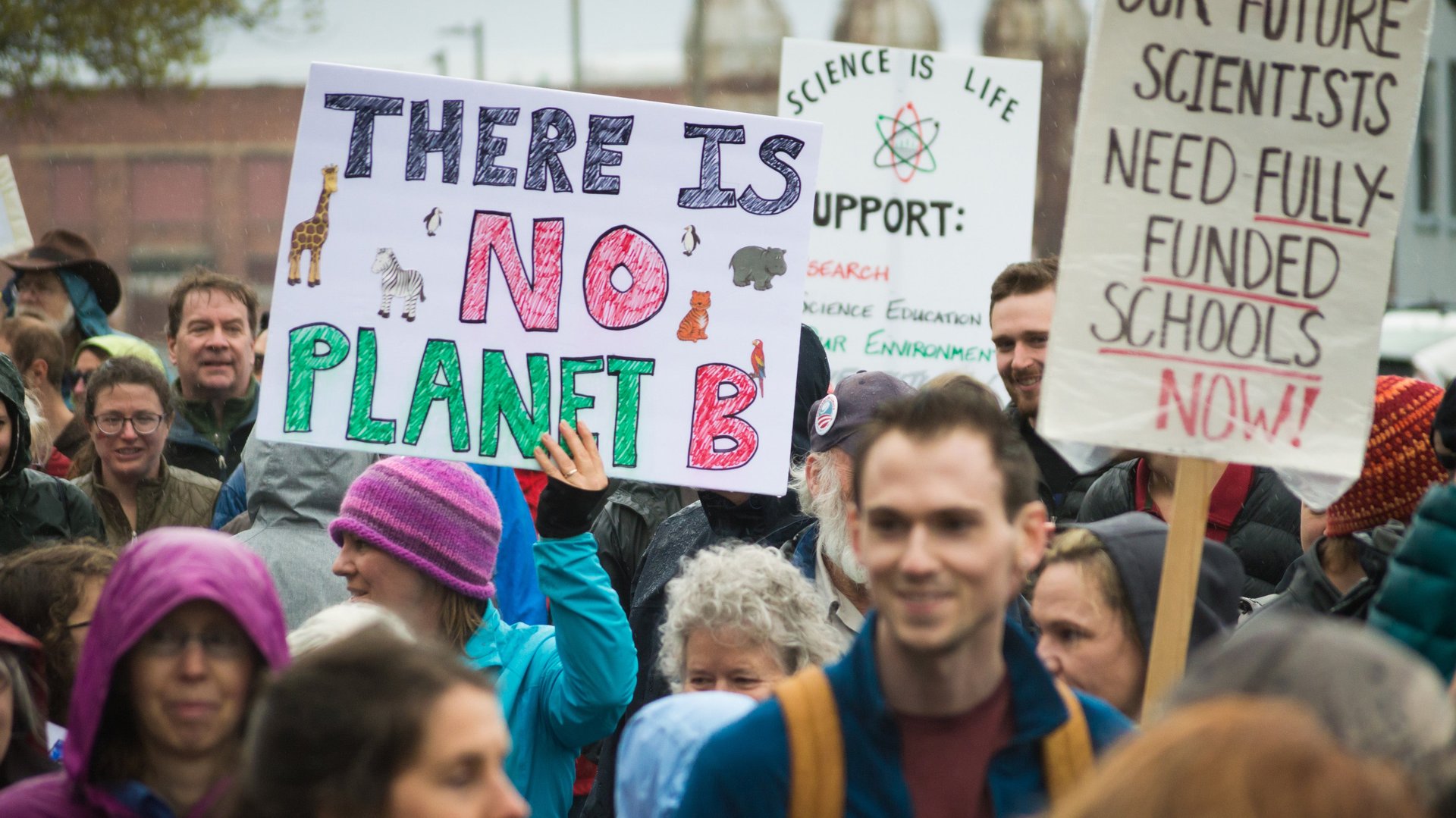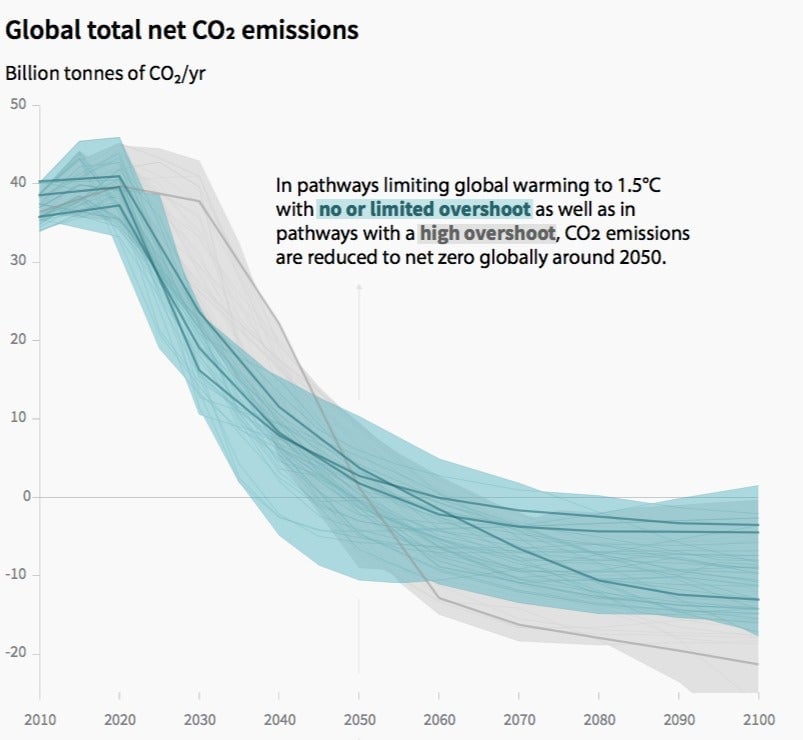Everything you need to know about the new 1.5°C climate-change report
Since the industrial era began, human activities—mainly burning fossil fuels and dumping carbon dioxide into the atmosphere—have caused global average temperatures to rise approximately 1°C. Though that seems like a small number, its local effects manifest in horrendous ways. Some of the world’s recent extreme weather events, such as hurricanes and heatwaves, can be directly attributed to that rise in temperature.


Since the industrial era began, human activities—mainly burning fossil fuels and dumping carbon dioxide into the atmosphere—have caused global average temperatures to rise approximately 1°C. Though that seems like a small number, its local effects manifest in horrendous ways. Some of the world’s recent extreme weather events, such as hurricanes and heatwaves, can be directly attributed to that rise in temperature.
In 2015, the world came together to find ways to avoid catastrophic climate change. The 195 countries and international bodies who signed the Paris climate agreement agreed to keep global average temperatures from rising “well below 2°C” and to try to keep limit rises to less than 1.5°C.
As part of the agreement, the Intergovernmental Panel on Climate Change (IPCC), the world’s foremost body on the subject, was required to publish a report in 2018 to help the world’s policymakers hit the more ambitious goal of 1.5°C. In Seoul today (Oct. 8), the IPCC report was published. Here is a summary of what you need to know:
What is the difference between a 1.5°C world and a 2°C world?
Quite a lot. The report puts it this way: “By 2100, global sea-level rise would be 10 cm lower with global warming of 1.5°C compared with 2°C. The likelihood of an Arctic Ocean free of sea ice in summer would be once per century with global warming of 1.5°C, compared with at least once per decade with 2°C. Coral reefs would decline by 70-90 percent with global warming of 1.5°C, whereas virtually all would be lost with 2°C.”
Dig deeper: Carbon Brief’s interactive comparing the impact of 1.5°C vs 2°C.
So a 1.5°C world is less bad. Are there other upsides?
Beyond cutting down on harm, the IPCC report says that adapting to warming of 1.5°C would be easier and less expensive. A study published in May showed that the savings for the world, if it were to hit the more ambitious climate goal would be as much as $30 trillion. “By the end of the century, we find the world will be about 3% wealthier if we actually achieve the 1.5°C target relative to 2°C target,” Marshall Burke of Stanford University told the Guardian.
How are we doing?
We are nowhere close. “Limiting warming to 1.5°C is possible within the laws of chemistry and physics but doing so would require unprecedented changes,” said Jim Skea of Imperial College London and an IPCC co-author.
By “unprecedented changes,” Skea means essentially two things. First, the world needs to start cutting emissions. Instead in 2017, the world’s emissions a new record high. Second, we need to reduce those emissions very quickly.
This is not going to be easy, as the chart below shows. Roughly, it translates to emissions reductions of 45% below 2010 levels by 2030, and reaching net-zero emissions by 2050.

Wait, why are annual emissions in that chart going in the negative?
We’ve delayed climate action for so long that, to hit our climate goals, the world will not just have to reduce emissions to zero but even pull some carbon dioxide from the air. There are a handful of “negative-emissions technologies” that we can deploy to do that, but the report says that “the effectiveness of such techniques are unproven at large scale and some may carry significant risks for sustainable development.”
What do other climate scientists make of the report?
Many scientists welcomed the use of “net-zero emissions” as the target. The goal has a clarifying message: every sector of the economy needs to get to zero emissions if we are to stabilize our climate and the sooner we do it the better our chances.
“Governments agreed on the 1.5°C goal in Paris in 2015 and knew exactly—and without any further IPCC assessment—that this would mean deeper mitigation faster,” said Oliver Geden of the German Institute for International and Security Affairs. “It hasn’t happened yet.”
Is there any good news?
“The good news is that some of the kinds of actions that would be needed to limit global warming to 1.5°C are already underway around the world, but they would need to accelerate,” said Valerie Masson-Delmotte, director of French Alternative Energies and Atomic Energy Commission.
Those actions are deploying more renewable sources of energy to displace fossil fuels, scaling up energy-storage technologies, cutting emissions of the fossil fuels we use through the use of carbon capture and storage, and developing negative-emissions technologies.
“It’s clear that the benefits to the world of mitigating climate change are greater than the costs of mitigating climate change,” concluded Kristie Ebi of the University of Washington.